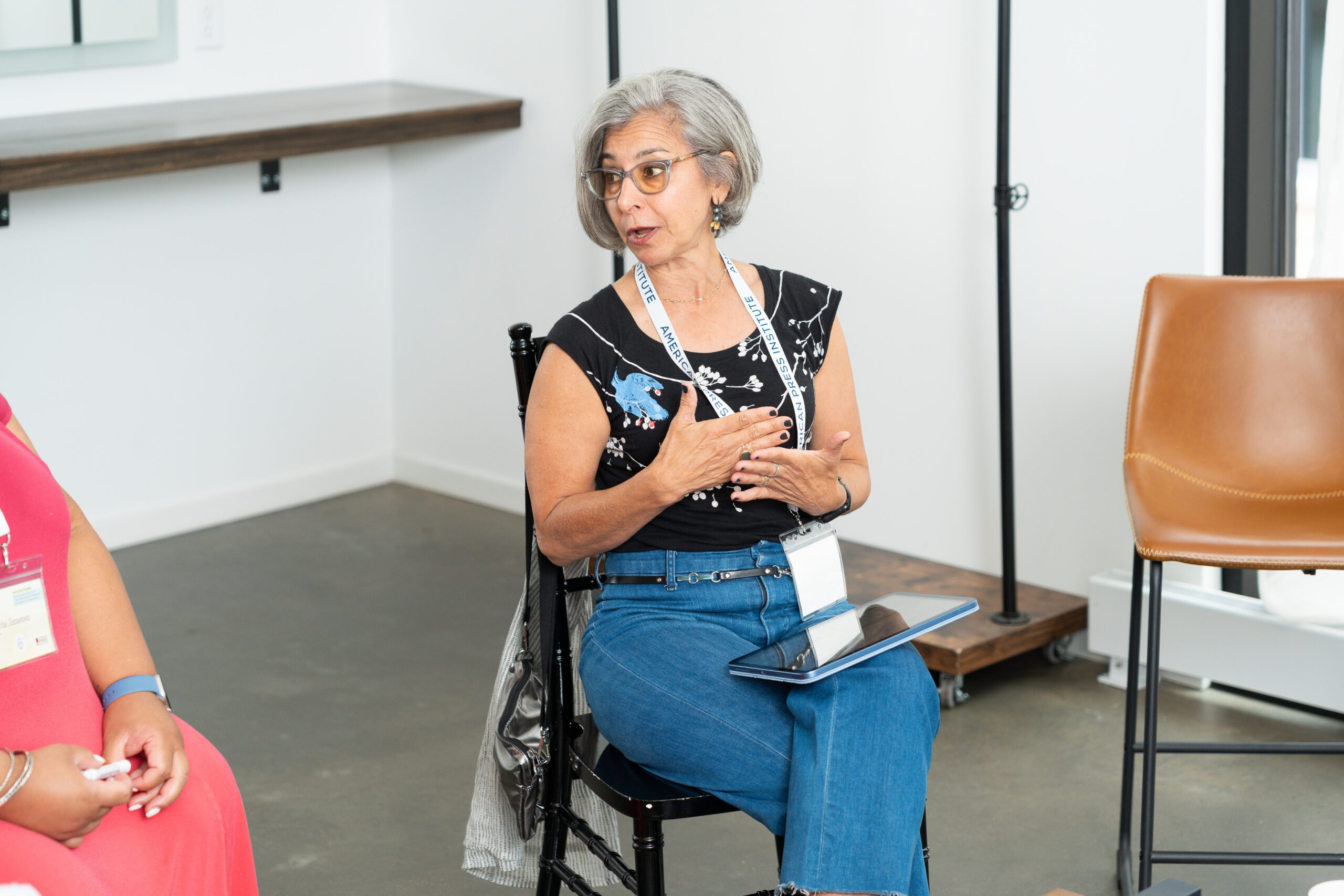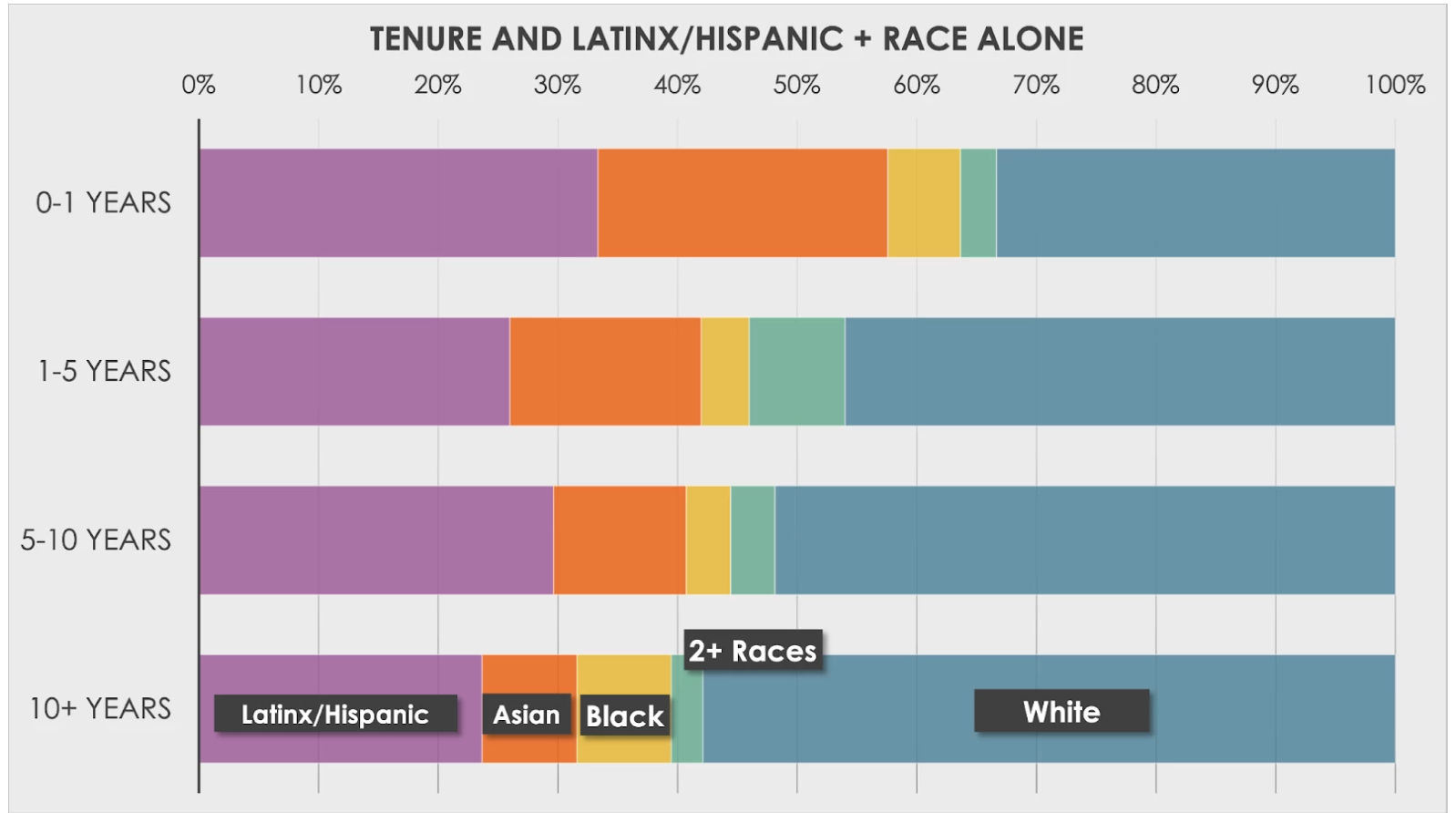
Ethnic diversity is the highest priority diversity in newsrooms, per Reuters report
Surveyed publishers feel they are making significant progress on gender diversity, but acknowledge there is more work to be done in ethnic diversity issues.
Diversity is core to the mission of journalism, and there’s a strong positive correlation between racial and gender diversity and innovation, financial returns and customer satisfaction.

Here’s an idea to steal and adapt: With the possibility of four or five generations working side by side, the workplace may offer the best chance for decreasing generational tension and increasing cross-generational collaboration.

Through systematic changes backed by data, Southern California Public Radio improved hiring and retention processes, added employee resources and more.

Here’s an idea to steal and adapt: Leverage the tools behind performance-driven change to operationalize diversity, equity and inclusion in your enterprise.

Bureau Local’s Shirish Kulkarni encourages journalists to center service to communities in their daily work.

Here’s an idea to steal and adapt: The Seattle Times created an open Slack channel that lowered the barriers for people to speak up about cultural issues that can arise about stories — anything from framing, missed angles, lack of context, offensive or exclusionary language or headlines.

This online style guide contains more than 700 terms related to sensitive topics.